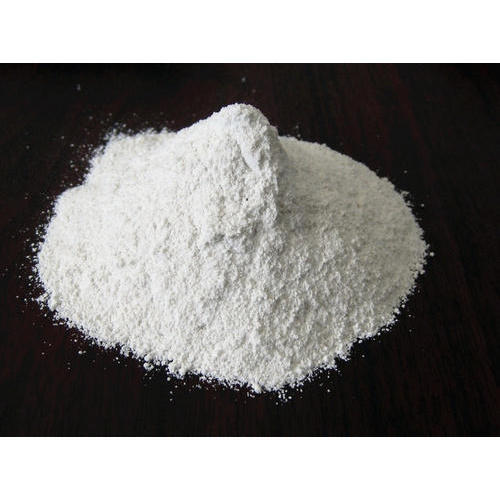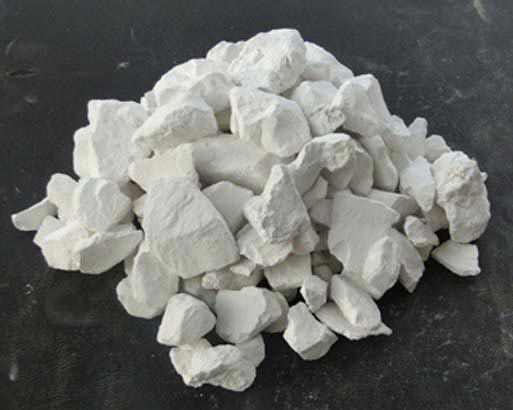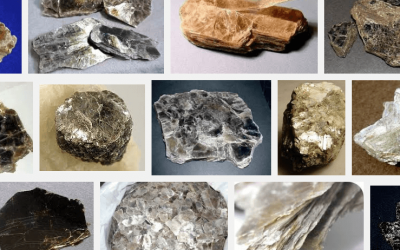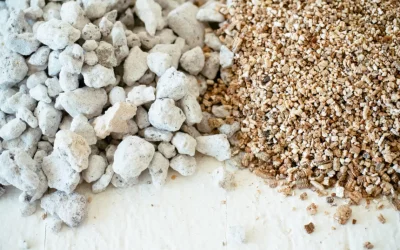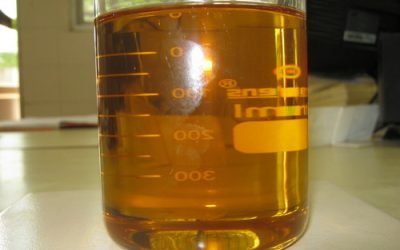Dolomite Powder
Dolomite is a common rock-forming mineral. It is a calcium magnesium carbonate with a chemical composition of CaMg(CO3)2. It is the primary component of the sedimentary rock known as dolostone and the metamorphic rock known as dolomitic marble. Limestone that contains some dolomite is known as dolomitic limestone.
Manufacturing Dolomite Powder Since 1994
Dolomite is rarely found in modern sedimentary environments, but dolostones are very common in the rock record. They can be geographically extensive and hundreds to thousands of feet thick. Most rocks that are rich in dolomite were originally deposited as calcium carbonate muds that were postdepositionally altered by magnesium-rich pore water to form dolomite.
Dolomite is also a common mineral in hydrothermal veins. There it is often associated with barite, fluorite, pyrite, chalcopyrite, galena, or sphalerite. In these veins it often occurs as rhombohedral crystals which sometimes have curved faces.
Specifications of Dolomite Powder Manufactured
| Classification | Carbonate |
| Colour | Colorless, White |
| Luster | Vitreous, pearly |
| Mohs Hardness | 3.5 – 4 |
| Specific Gravity | 2.8 – 2.9 |
| Crystal System | Hexagonal |
| Cleavage | Perfect, 3 Directions |
| Diaphaneity | Transparent to translucent |
Applications of Dolomite Powder
Dolomite as a mineral has very few uses. However, dolostone has an enormous number of uses because it occurs in deposits that are large enough to mine.
The most common use for dolostone is in the construction industry. It is crushed and sized for use as a road base material, an aggregate in concrete and asphalt, railroad ballast, rip-rap, or fill. It is also calcined in the production of cement and cut into blocks of specific size known as “dimension stone.”
Dolomite’s reaction with acid also makes it useful. It is used for acid neutralization in the chemical industry, in stream restoration projects, and as a soil conditioner.
Dolomite is used as a source of magnesia (MgO), a feed additive for livestock, a sintering agent and flux in metal processing, and as an ingredient in the production of glass, bricks, and ceramics.
Dolomite serves as the host rock for many lead, zinc, and copper deposits. These deposits form when hot, acidic hydrothermal solutions move upward from depth through a fracture system that encounters a dolomitic rock unit. These solutions react with the dolomite, which causes a drop in pH that triggers the precipitation of metals from solution.
Dolomite also serves as an oil and gas reservoir rock. During the conversion of calcite to dolomite, a volume reduction occurs. This can produce pore spaces in the rock that can be filled with oil or natural gas that migrate in as they are released from other rock units. This makes the dolomite a reservoir rock and a target of oil and gas drilling.
Agriculture grade dolomite used for soil neutralization/conditioner to correct acidity. It also finds use as filler in fertilizers. The main ingredient is calcium carbonate, it helps to increase the pH of acidic soils and it provides a good source of calcium for plant. It improves the water penetration for acidic soil.
Dolomite Powder Manufacturing in Kumarasamy Industries
Why Buy From Us
Competitive pricing
Timely & Consistent Delivery
Worldwide Delivery
Cater to any Required Volume
Reliability & Accurate Grade
Experienced Team
Proven Customer Satisfaction
24*7 on Call Support
Best-in-class Quality products
Clients We Serve

Looking for Dolomite Powder?
For more details on our Dolomite powder products, logistics, pricing or any other informations, please fill the form. One of our team member will contact you in 24hrs.
Worldwide Delivery
Best-in-class Quality products
Cater to any Required Volume
Competitive pricing
Blog Post on Dolomite Powder
FAQs on Mica Mineral
What is Mica? Mica is a silicate mineral which is common in igneouse and metamorphic ricks. Its individual mica crystals can split into thin plates. Micas are used in products such as drywalls, paints, fillers, especially in parts for automobiles, roofing and...
Perlite vs. Vermiculite: What’s the Difference? (& How to Use Each)
Introduction to Perlite Vs Vermiculite Perlite vs Vermiculite - Both are soil substrates that are added to potting media to improve their structure and properties. Soil additives are quite prevalent in every garden shop since they are frequently utilized in the soil...
What is Cardanol? Composition, Uses & Manufacturing
What is Cardanol? Cardanol is a phenolic lipid obtained from anacardic acid, the main component of cashew nutshell liquid (CNSL), a byproduct of cashew nut processing. Cardanol finds use in the chemical industry in resins, coatings, frictional materials, and...
Office address:
75-2, Sathayamoorthy Street, IOB upstairs, Near BSNL Office, Panruti, Cuddalore dist, Tamilnadu, India - 607106
Google Maps
Factory address:
480/2, Kumbakonam main road, Kadampuliyur village, Panruti , Cuddalore District,
Tamilnadu, India - 607103
Google Maps
Contact:
Phone no: 04142-241642,
04142-241643
Mobile no: 9003966594,
8300758401
Email id: [email protected]
[email protected]
Copyrights By Kumaraswamy Industries - 2022| Cookie Policy & Privacy Policy | Disclaimer | Website Development - GB
